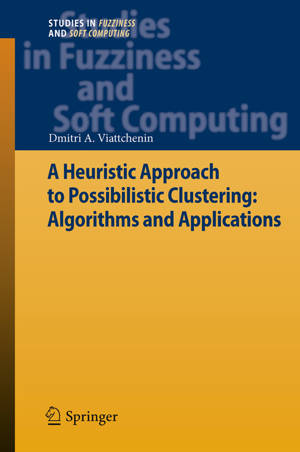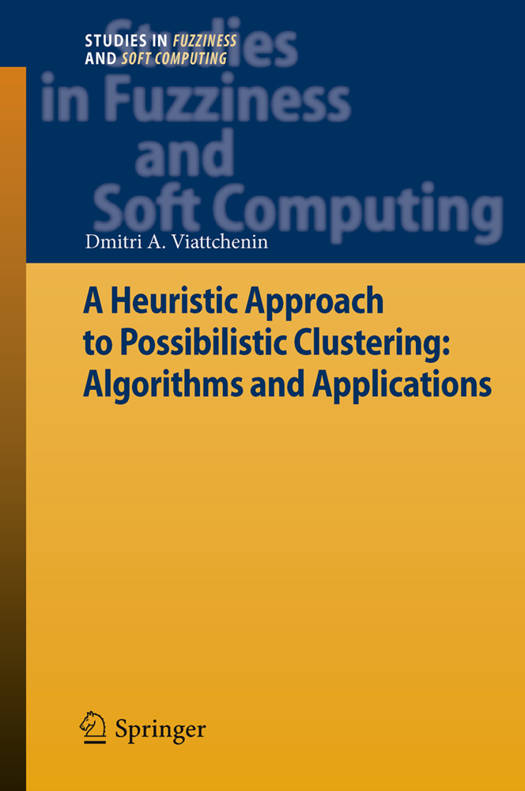
- Afhalen na 1 uur in een winkel met voorraad
- Gratis thuislevering in België vanaf € 30
- Ruim aanbod met 7 miljoen producten
- Afhalen na 1 uur in een winkel met voorraad
- Gratis thuislevering in België vanaf € 30
- Ruim aanbod met 7 miljoen producten
A Heuristic Approach to Possibilistic Clustering: Algorithms and Applications
Dmitri A ViattcheninOmschrijving
The present book outlines a new approach to possibilistic clustering in which the sought clustering structure of the set of objects is based directly on the formal definition of fuzzy cluster and the possibilistic memberships are determined directly from the values of the pairwise similarity of objects. The proposed approach can be used for solving different classification problems. Here, some techniques that might be useful at this purpose are outlined, including a methodology for constructing a set of labeled objects for a semi-supervised clustering algorithm, a methodology for reducing analyzed attribute space dimensionality and a methods for asymmetric data processing. Moreover, a technique for constructing a subset of the most appropriate alternatives for a set of weak fuzzy preference relations, which are defined on a universe of alternatives, is described in detail, and a method for rapidly prototyping the Mamdani's fuzzy inference systems is introduced. This book addresses engineers, scientists, professors, students and post-graduate students, who are interested in and work with fuzzy clustering and its applications
Specificaties
Betrokkenen
- Auteur(s):
- Uitgeverij:
Inhoud
- Aantal bladzijden:
- 227
- Taal:
- Engels
- Reeks:
- Reeksnummer:
- nr. 297
Eigenschappen
- Productcode (EAN):
- 9783642443015
- Verschijningsdatum:
- 22/05/2015
- Uitvoering:
- Paperback
- Formaat:
- Trade paperback (VS)
- Afmetingen:
- 156 mm x 234 mm
- Gewicht:
- 340 g

Alleen bij Standaard Boekhandel
Beoordelingen
We publiceren alleen reviews die voldoen aan de voorwaarden voor reviews. Bekijk onze voorwaarden voor reviews.











